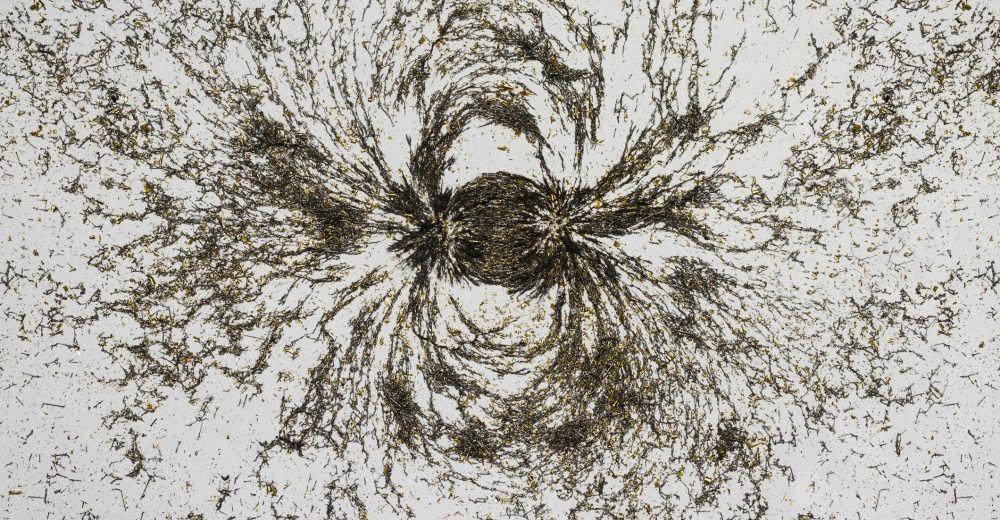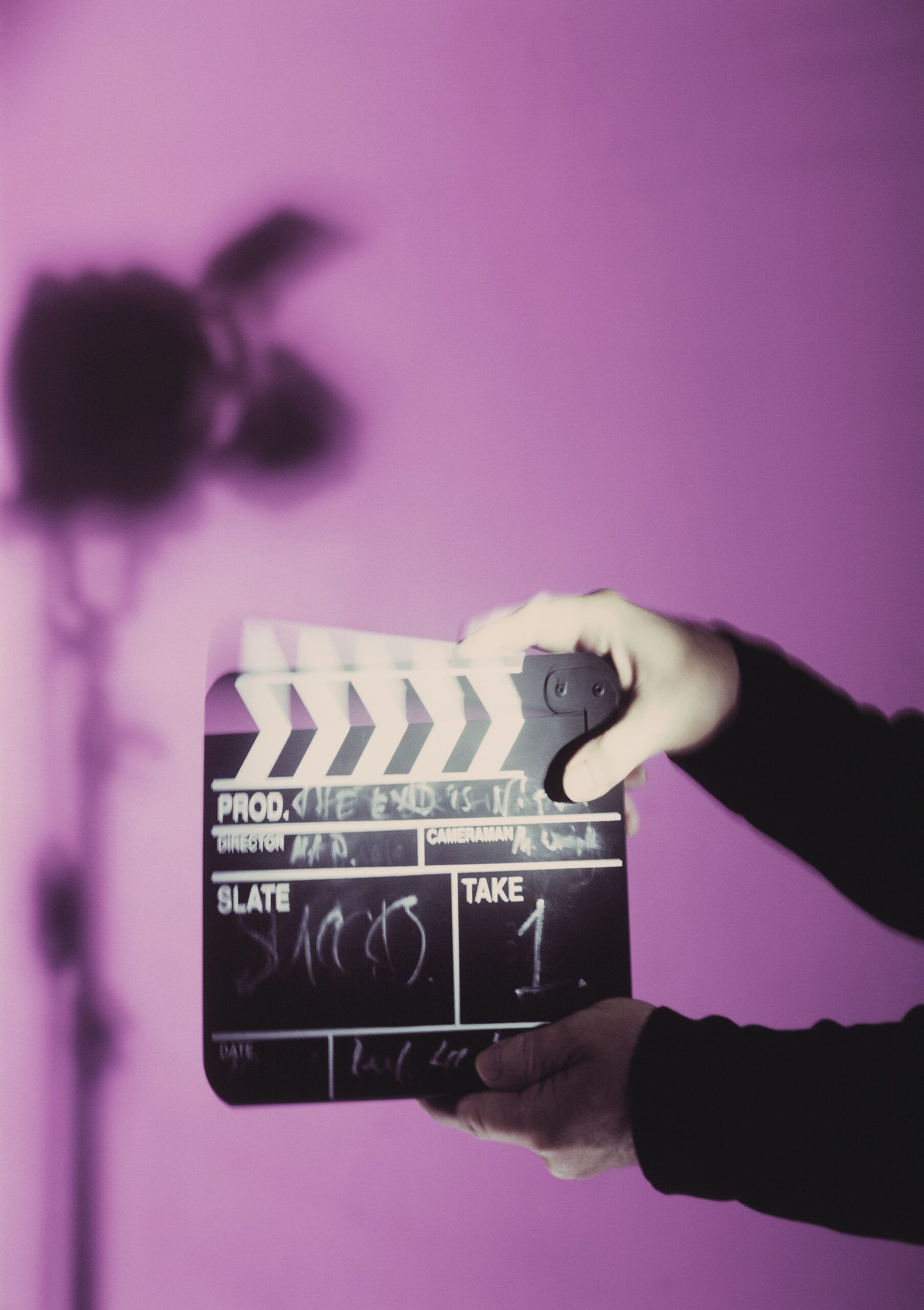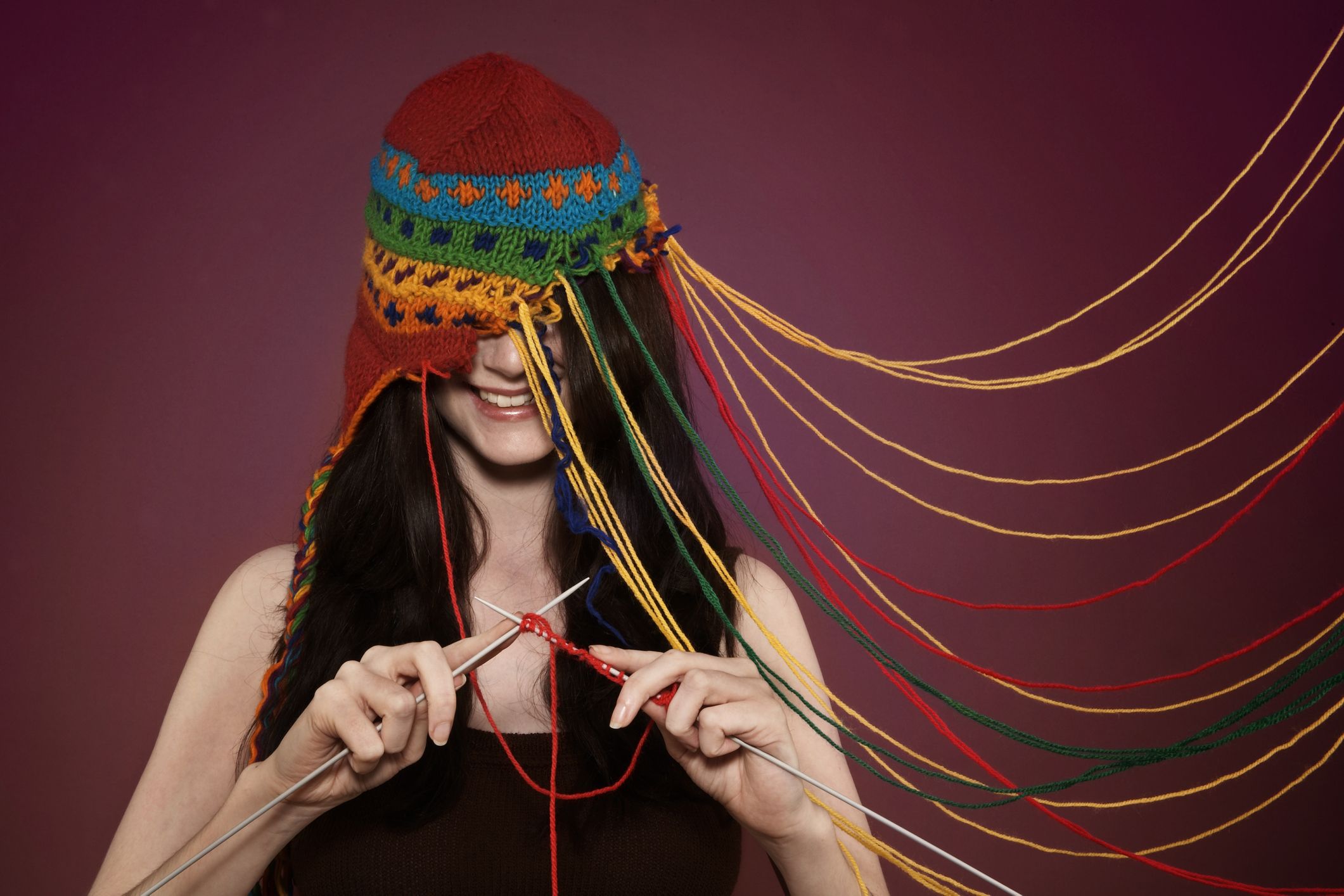

Can You Pass Our Reading Comprehension Quiz?
Working our magic...

Get your results & other quizzes sent to your inbox!
Please, be patient, your results are being generated!
Working our magic...

Save all future quiz results by signing in!
(you won’t lose your spot!)
Please, be patient, your results are being generated!
“Reading comprehension” might sound like it’s something that lives only in the world of the SAT, but it’s actually something that all of us use every day. You’re using it right now! And if your reading comprehension isn’t that great…well all kinds of misinterpretations and snafus can oShow More
“Reading comprehension” might sound like it’s something that lives only in the world of the SAT, but it’s actually something that all of us use every day. You’re using it right now! And if your reading comprehension isn’t that great…well all kinds of misinterpretations and snafus can occur.
So we’ve decided to help you gain a little bit of self-understanding and let you figure out just how good you are at understanding the written word. It might be a little more challenging than you expect, so get ready to work out that brain of yours just a little bit.
Yes, it’s time for you to go head to head with your friends (if you’re brave enough to share that is), and see which one of you is the best at words. Find out if you can understand everything from science writing to classic literature. Do you think you have what it takes? Let’s find out.

The passage is adapted from a speech delivered by Congresswoman Barbara Jordan of Texas on July 25, 1974. She was a member of the Judiciary Committee of the United States House of Representatives. In the passage, Jordan discusses how and when a United States president may be impeached, or charged with serious offenses while in office. Jordan’s speech was delivered in the context of impeachment hearings against then President Richard M. Nixon. "Today, I am an inquisitor. An hyperbole would not be fictional and would not overstate the solemnness that I feel right now. My faith in the Constitution is whole; it is complete; it is total. And I am not going to sit here and be an idle spectator to the diminution, the subversion, the destruction, of the Constitution. “Who can so properly be the inquisitors for the nation as the representatives of the nation themselves?” “The subjects of its jurisdiction are those offenses which proceed from the misconduct of public men.”* And that’s what we’re talking about. In other words, [the jurisdiction comes] from the abuse or violation of some public trust. It is wrong, I suggest, it is a misreading of the Constitution for any member here to assert that for a member to vote for an article of impeachment means that that member must be convinced that the President should be removed from office. The Constitution doesn’t say that. The powers relating to impeachment are an essential check in the hands of the body of the legislature against and upon the encroachments of the executive. The division between the two branches of the legislature, the House and the Senate, assigning to the one the right to accuse and to the other the right to judge—the framers of this Constitution were very astute. They did not make the accusers and the judges . . . the same person." How would you describe Jordan’s goals in this passage?
- To discuss the Constitution
- To set forth her role and the role of other house members in the proceedings
- To convince others to impeach Nixon
- To convince others not to impeach Nixon

In the sentence “The division between the two branches of the legislature,” “division” most nearly means...
- Part of something
- Conflict
- Separation

The main rhetorical effect of the phrase “an hyperbole would not be fictional” is...
- To show that she is exaggerating for effect
- To establish the facts
- To head off possible arguments
- To show the intensity of the situation

“In 1996, a loggerhead turtle called Adelita swam across 9,000 miles from Mexico to Japan, crossing the entire Pacific on her way. Wallace J. Nichols tracked this epic journey with a satellite tag. But Adelita herself had no such technology at her disposal. How did she steer a route across two oceans to find her destination? Nathan Putman has the answer. By testing hatchling turtles in a special tank, he has found that they can use the Earth’s magnetic field as their own Global Positioning System (GPS). By sensing the field, they can work out both their latitude and longitude and head in the right direction. Putman works in the lab of Ken Lohmann, who has been studying the magnetic abilities of loggerheads for over 20 years. In his lab at the University of North Carolina, Lohmann places hatchlings in a large water tank surrounded by a large grid of electromagnetic coils. In 1991, he found that the babies started swimming in the opposite direction if he used the coils to reverse the direction of the magnetic field around them. They could use the field as a compass to get their bearing. Later, Lohmann showed that they can also use the magnetic field to work out their position. For them, this is literally a matter of life or death. Hatchlings born off the sea coast of Florida spend their early lives in the North Atlantic gyre, a warm current that circles between North America and Africa. If they’re swept towards the cold waters outside the gyre, they die. Their magnetic sense keeps them safe. Using his coil-surrounded tank, Lohmann could mimic the magnetic field at different parts of the Earth’s surface. If he simulated the field at the northern edge of the gyre, the hatchlings swam southwards. If he simulated the field at the gyre’s southern edge, the turtles swam west-northwest. These experiments showed that the turtles can use their magnetic sense to work out their latitude—their position on a north-south axis. Now, Putman has shown that they can also determine their longitude—their position on an east-west axis. He tweaked his magnetic tanks to simulate the fields in two positions with the same latitude at opposite ends of the Atlantic. If the field simulated the west Atlantic near Puerto Rico, the turtles swam northeast. If the field matched that on the east Atlantic near the Cape Verde Islands, the turtles swam southwest. In the wild, both headings would keep them within the safe, warm embrace of the North Atlantic gyre. Before now, we knew that several animal migrants, from loggerheads to reed warblers to sparrows, had some way of working out longitude, but no one knew how. By keeping the turtles in the same conditions, with only the magnetic fields around them changing, Putman clearly showed that they can use these fields to find their way. In the wild, they might well also use other landmarks like the position of the sea, sun and stars. Putman thinks that the turtles work out their position using two features of the Earth’s magnetic field that change over its surface. They can sense the field’s inclination, or the angle at which it dips towards the surface. At the poles, this angle is roughly 90 degrees and at the equator, it’s roughly zero degrees. They can also sense its intensity, which is strongest near the poles and weakest near the Equator. Different parts of the world have unique combinations of these two variables. Neither corresponds directly to either latitude or longitude, but together, they provide a “magnetic signature” that tells the turtle where it is.” Based on your understanding of this passage, how did Adelita navigate on her journey?
- GPS
- A satellite tag
- The magnetic signature of the earth
- Electromagnets

In this passage, how is “magnetic signature” defined?
- The inclination and intensity of Earth’s magnetic field
- Simulation of a gyre field
- The stars, sun, and sky that turtles use to position themselves
- The position on an east-west axis

How would you describe the relationship between the research Lohmann did and the research Putnam did?
- Lohmann shared Putnam’s research
- Putnam built on Lohmann’s research
- Lohmann contradicted Putnam’s research
- Putnam trained Lohmann

Why does the article mention the gyre in the North Atlantic?
- To contrast the turtles in the wild with the turtles in the lab
- To show the distance the turtles swim
- To illustrate the importance of the turtles’ magnetic abilities
- To show where the turtles must swim

Which phrase gives the best evidence for your answer to the previous question?
- If the field simulated the west Atlantic near Puerto Rico, the turtles swam northeast. If the field matched that on the east Atlantic near the Cape Verde Islands, the turtles swam southwest.
- For them, this is literally a matter of life or death.
- In the wild, both headings would keep them within the safe, warm embrace of the North Atlantic gyre.
- Different parts of the world have unique combinations of these two variables.

How did Putnam determine that it was definitely magnetic fields that allow the turtles to find their bearings?
- By creating a tank surrounded by electromagnetic coils
- By comparing them with other animals
- By testing other variables
- By keeping the turtles in the same conditions, with only the magnetic fields around them changing

This passage is adapted from J. D. Watson and F. H. C. Crick, “Genetical Implications of the Structure of Deoxyribonucleic Acid.” ©1953 by Nature Publishing Group. Watson and Crick deduced the structure of DNA using evidence from Rosalind Franklin and R. G. Gosling’s X-ray crystallography diagrams of DNA and from Erwin Chargaff’s data on the base composition of DNA. “The chemical formula of deoxyribonucleic acid (DNA) is now well established. The molecule is a very long chain, the backbone of which consists of a regular alternation of sugar and phosphate groups. To each sugar is attached a nitrogenous base, which can be of four different types. Two of the possible bases—adenine and guanine—are purines, and the other two—thymine and cytosine—are pyrimidines. So far as is known, the sequence of bases along the chain is irregular. The monomer unit, consisting of phosphate, sugar and base, is known as a nucleotide. The first feature of our structure which is of biological interest is that it consists not of one chain, but of two. These two chains are both coiled around a common fiber axis. It has often been assumed that since there was only one chain in the chemical formula there would only be one in the structural unit. However, the density, taken with the X-ray evidence, suggests very strongly that there are two. The other biologically important feature is the manner in which the two chains are held together. This is done by hydrogen bonds between the bases. The bases are joined together in pairs, a single base from one chain being hydrogen-bonded to a single base from the other. The important point is that only certain pairs of bases will fit into the structure. One member of a pair must be a purine and the other a pyrimidine in order to bridge between the two chains. If a pair consisted of two purines, for example, there would not be room for it. We believe that the bases will be present almost entirely in their most probable forms. If this is true, the conditions for forming hydrogen bonds are more restrictive, and the only pairs of bases possible are: adenine with thymine, and guanine with cytosine. Adenine, for example, can occur on either chain; but when it does, its partner on the other chain must always be thymine. The phosphate-sugar backbone of our model is completely regular, but any sequence of the pairs of bases can fit into the structure. It follows that in a long molecule many different permutations are possible, and it therefore seems likely that the precise sequence of bases is the code which carries the genetical information. If the actual order of the bases on one of the pair of chains were given, one could write down the exact order of the bases on the other one, because of the specific pairing. Thus one chain is, as it were, the complement of the other, and it is this feature which suggests how the deoxyribonucleic acid molecule might duplicate itself.” In this passage, the word “backbone” most nearly means:
- The foundation of DNA
- The main structure of DNA
- The strongest part of DNA
- The back of DNA

What are the two biologically important features the authors refer to?
- The two chains and the hydrogen bonds between them
- The helix shape and the purine pairs
- The two chains and the purine pairs
- The helix shape and the hydrogen bonds

In this passage, the word “complement” most nearly means:
- A thing that completes or brings to perfection.
- A number or quantity of something, especially that required to make a group complete.
- Add to (something) in a way that enhances or improves it; make perfect.
- Say something nice

This passage is adapted from Virginia Woolf, Three Guineas. ©1938 by Harcourt, Inc. Here, Woolf considers the situation of women in English society. “Close at hand is a bridge over the River Thames, an admirable vantage ground for us to make a survey. The river flows beneath; barges pass, laden with timber, bursting with corn; there on one side are the domes and spires of the city; on the other, Westminster and the Houses of Parliament. It is a place to stand on by the hour, dreaming. But not now. Now we are pressed for time. Now we are here to consider facts; now we must fix our eyes upon the procession—the procession of the sons of educated men. There they go, our brothers who have been educated at public schools and universities, mounting those steps, passing in and out of those doors, ascending those pulpits, preaching, teaching, administering justice, practising medicine, transacting business, making money. It is a solemn sight always—a procession, like a caravanserai crossing a desert. . . . But now, for the past twenty years or so, it is no longer a sight merely, a photograph, or fresco scrawled upon the walls of time, at which we can look with merely an esthetic appreciation. For there, trapesing along at the tail end of the procession, we go ourselves. And that makes a difference. We who have looked so long at the pageant in books, or from a curtained window watched educated men leaving the house at about nine-thirty to go to an office, returning to the house at about six-thirty from an office, need look passively no longer. We too can leave the house, can mount those steps, pass in and out of those doors,... make money, administer justice. . . . We who now agitate these humble pens may in another century or two speak from a pulpit. Nobody will dare contradict us then; we shall be the mouthpieces of the divine spirit—a solemn thought, is it not? Who can say whether, as time goes on, we may not dress in military uniform, with gold lace on our breasts, swords at our sides, and something like the old family coal-scuttle on our heads, save that that venerable object was never decorated with plumes of white horsehair. You laugh—indeed the shadow of the private house still makes those dresses look a little queer. We have worn private clothes so long. . . . But we have not come here to laugh, or to talk of fashions—men’s and women’s. We are here, on the bridge, to ask ourselves certain questions. And they are very important questions; and we have very little time in which to answer them. The questions that we have to ask and to answer about that procession during this moment of transition are so important that they may well change the lives of all men and women for ever. For we have to ask ourselves, here and now, do we wish to join that procession, or don’t we? On what terms shall we join that procession? Above all, where is it leading us, the procession of educated men? The moment is short; it may last five years; ten years, or perhaps only a matter of a few months longer.... But, you will object, you have no time to think; you have your battles to fight, your rent to pay, your bazaars to organize. That excuse shall not serve you, Madam. As you know from your own experience, and there are facts that prove it, the daughters of educated men have always done their thinking from hand to mouth; not under green lamps at study tables in the cloisters of secluded colleges. They have thought while they stirred the pot, while they rocked the cradle. It was thus that they won us the right to our brand-new sixpence. It falls to us now to go on thinking; how are we to spend that sixpence? Think we must. Let us think in offices; in omnibuses; while we are standing in the crowd watching Coronations and Lord Mayor’s Shows; let us think . . . in the gallery of the House of Commons; in the Law Courts; let us think at baptisms and marriages and funerals. Let us never cease from thinking—what is this “civilization” in which we find ourselves? What are these ceremonies and why should we take part in them? What are these professions and why should we make money out of them? Where in short is it leading us, the procession of the sons of educated men?” What is the main question that Woolf is asking in this passage?
- What role should women have in an increasingly equal society?
- How should women deal with new financial independence?
- What careers should women enter?
- What is the relationship between men and women in society?

Why does Woolf open the passage considering a view from a bridge?
- To tap into the air of thoughtfulness
- She is watching the men, but separate from them
- The metaphor of the flowing water shows progress
- To set her thoughts against the backdrop of active society

When Woolf uses the word “we”, who is she referring to?
- Society
- People in professions
- Women
- English people

What purpose does the line “We have worn private clothes so long” serve?
- To show that fashion is changing, and emphasize time passing
- To emphasize that women have not been allowed in many public spaces
- To contrast men and women
- To show the decorum of women

When Woolf lists the various places that we will do our thinking, what point does she aim to make?
- That these decisions impact every area of life
- That the question requires extensive thought
- That women will be entering new spaces and need to think about that
- All of the above

Why does Woolf say “we are pressed for time”?
- To show that men are already making these decisions
- Other people are already making decisions
- She has somewhere to be
- To show that society is already changing and women must be a part of it
 We've got more quizzes for you:
We've got more quizzes for you:

You have subscribed successfully










What did you get? Let us know in the comments!